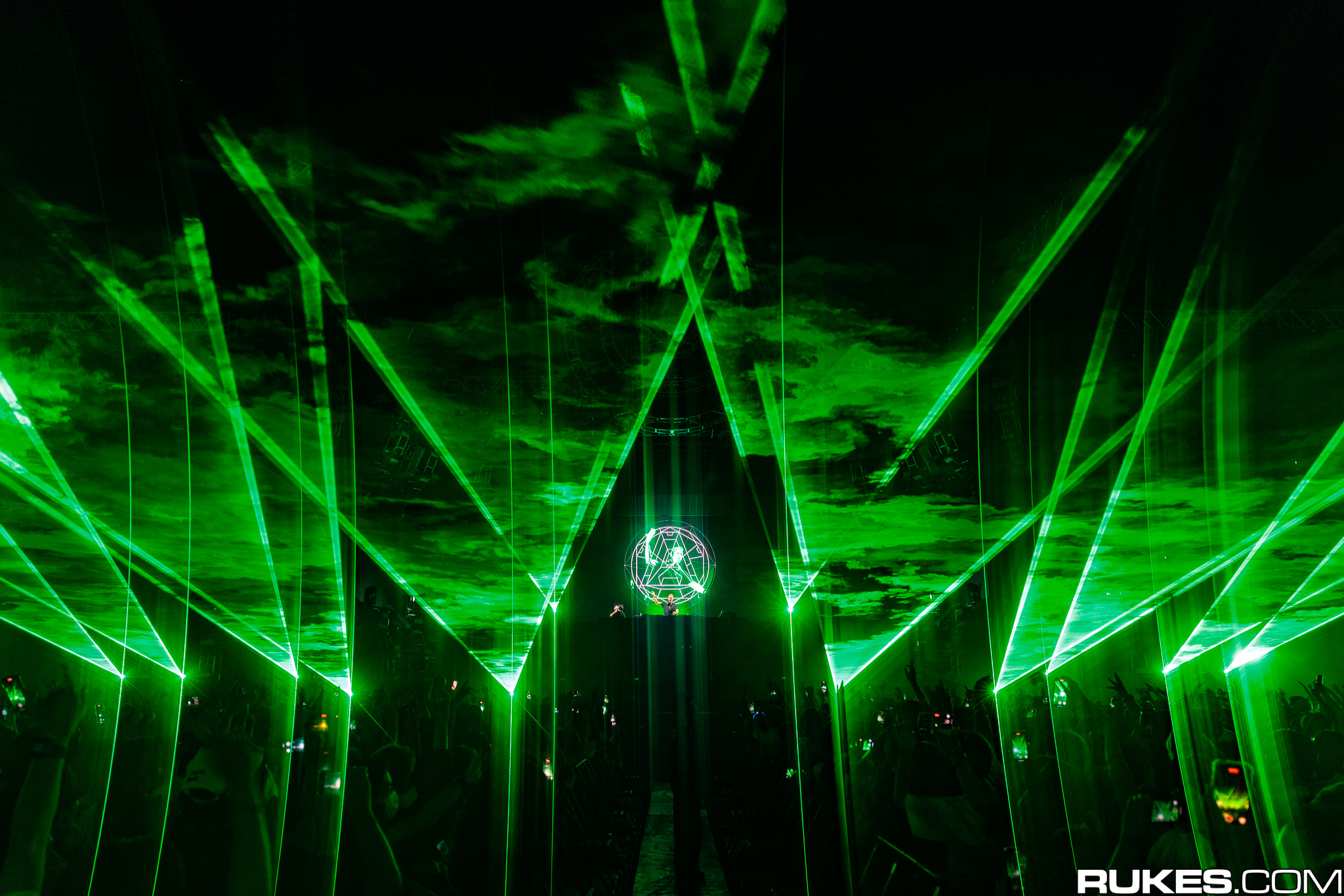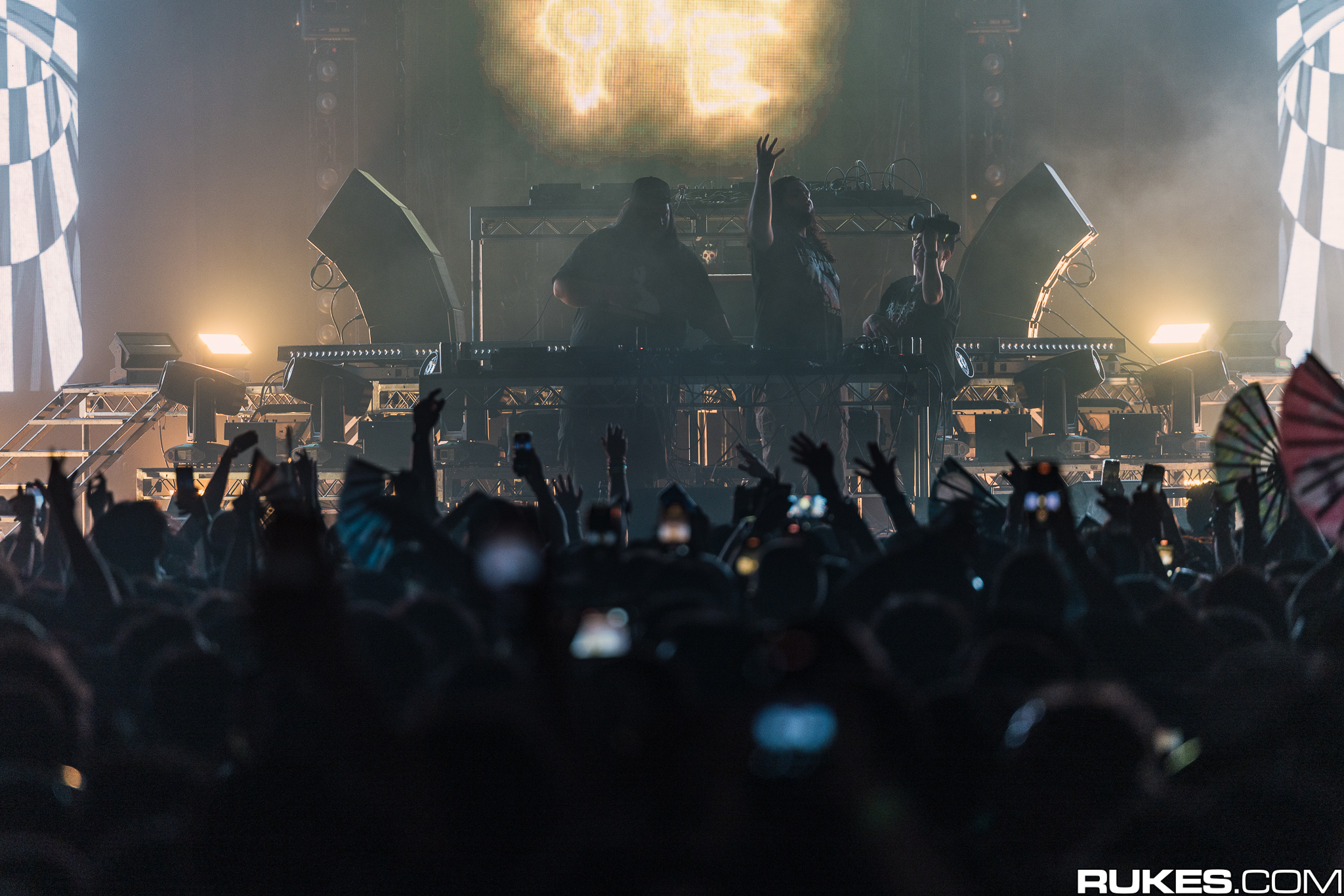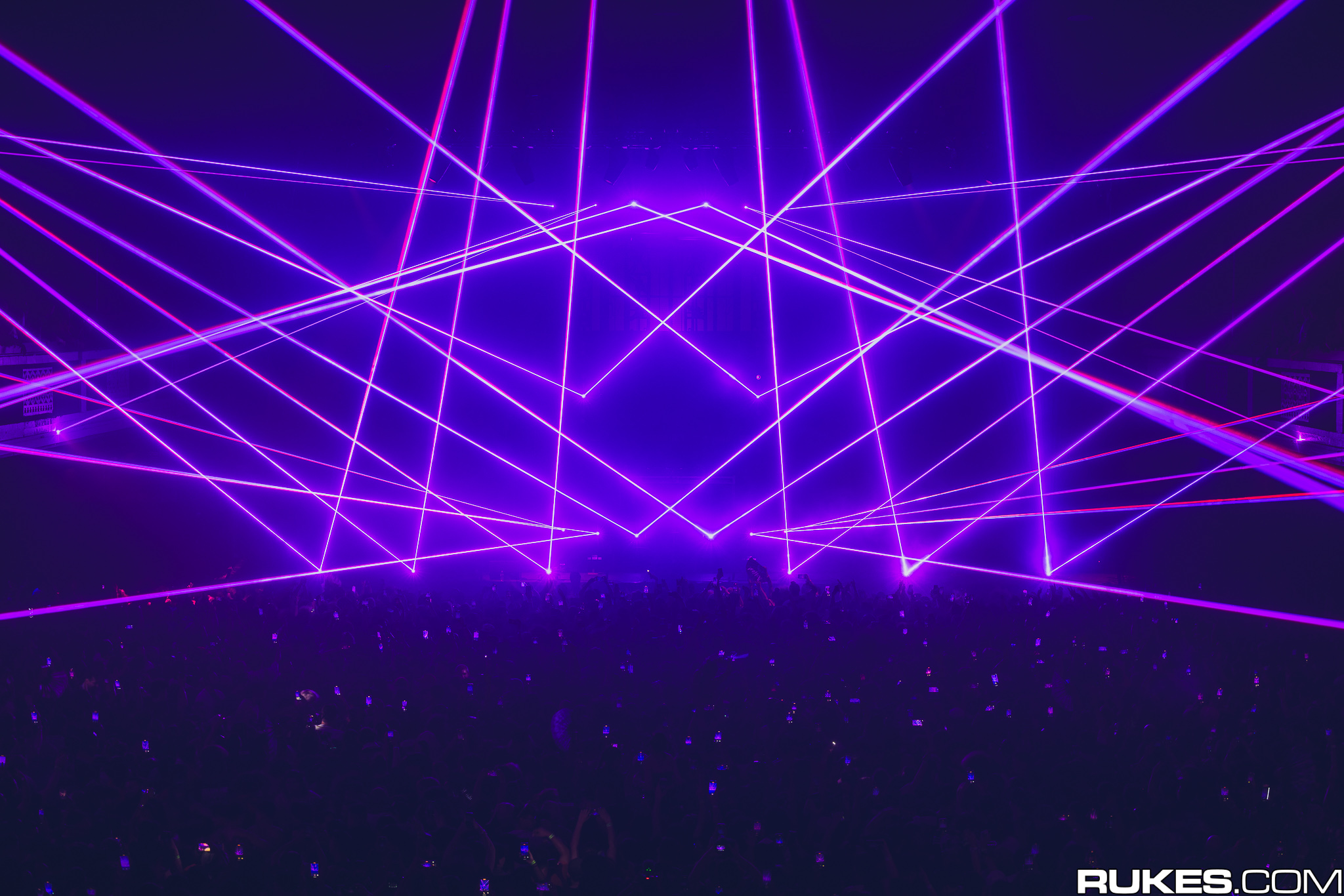Underground raves are famous, elusive, shrouded in lore, and often misunderstood. People are fascinated with them. Otherwise known as “renegades,” underground raves have captured people’s attention and imagination since the dawn of electronic dance music, and today, the underground is often seen more as a myth than a reality.
The underground represents the pinnacle of rave culture in many people’s minds, but just like the great myths of history, most of them seem to believe the myth of the underground is dead. Despite what some die-hards, culture vultures, and the occasional rave culture newbie may say, the idea that the underground is dead is the only real myth—and it’s time to debunk it.
What Is an Underground Rave?
People hold different views on how they define an “underground” rave. Still, at their core, all underground movements evolve in the shadow of mainstream society to counter some aspect of that society. From the gay and black communities of 1980s Chicago to the freaks and geeks of American suburbia, raves became a gathering place for marginalized communities and all kinds of people who went against the grain through the early 2000s.
Early raves were organized not by corporate promoters looking to make profits but by passionate amateurs and regular community members looking to create a space for like-minded people to mingle, express themselves, and enjoy music. Rogue organizers turned to illegal means to find spaces to host parties, creating an “anything goes” atmosphere where people pushed the boundaries of socially acceptable behavior. In the US, this caused public anxiety to stir, only pushing rave culture further underground.
Nonetheless, the reign of the underground rave proved temporary. The music industry’s market interests shifted to include electronic music in the late 2000s and early 2010s. Festivals became more popular, and rave culture emerged from the shadows. Raving is now more mainstream than ever, and because raving is no longer considered a fringe scene anymore, raves are no longer restricted to the shadows, and many underground organizers no longer operate illegally.
Welcome To The Underground 2.0
In the past, the underground was synonymous with the illegal, and some people today still hold on to this idea. Nonetheless, others (including myself) feel that the legal vs. illegal argument misses the bigger picture. Whereas the renegades of the past survived in the shadows by necessity, the modern underground movement exists by choice. In the era of thousand-dollar festival tickets, VIP table service, and the endless clout chase of social media, the underground rave scene counterbalances mainstream festival commercialism.
In this environment, many ravers yearn for more accessible, low-cost, community-focused experiences, and the new underground provides that space. This latest version of the underground is far from dead—it’s thriving, and it’s not only a space where people go to get away from the chaos but also a space where it’s possible to experience connections you won’t find anywhere else.
I can imagine no better example than my experience at The Great Beyond, an independent techno festival in rural Minnesota. With 4,000 followers on Instagram, The Great Beyond is easily mistaken for an average renegade—no VIP sections, no corporate vendors, no glamping, and no outside media coverage allowed—just a farmhouse and some stages and a campsite tucked under a grove of trees in the middle of the midwest cornfields. Despite its looks, the Great Beyond is perhaps one of the US techno scene’s best-kept secrets, and it sports the lineup to prove it. Attendees flew to the cornfields from all over the country to see techno icons like Polygonia and Wata Igarashi, who traveled from as far away as Europe and Japan just for the weekend. That’s almost unheard of for an event capped at 900 people.
Instead of watching them perform on a massive stage with thousands of people between us, I shared a seat with headlining artists, and we talked like two friends passing the time on the same bumpy shuttle ride to the festival. No interviews, meet and greet, special VIP passes, or unique artist shuttles—dance music lovers geeking out and sharing stories in an old van in the middle of nowhere. Performers danced alongside attendees who treated everyone like friends and friends like family; all gathered together like neighbors at a massive block party.
This beautifully egalitarian and humanizing experience embodied the root core of what the dance music community is all about when all the hype and the frills are stripped away. In a nod to the spirit of the underground, people left the comfort and clout of manicured resorts and costly clout-laden festival experiences behind to gather over passion, music, and human-to-human connections.
Should The Secret Stay Secret?
My adventures at The Great Beyond led to several of these human connections, which led to more adventures in the Midwest underground—warehouses, undisclosed locations, and all. Until recently, I, too, believed this world to be dead. It only took some extra digging and mingling around local scenes to discover the underground thriving under the radar. There’s reason to believe more ravers will (re)discover it, too.
After a year plagued with weather disasters, astronomical prices, predictable lineups, and overcrowding, people are turning away from significant festivals. Some are turning to smaller independent festivals, but as a result, those events now also sell out fast and are becoming harder to find. The underground could be the next frontier for chaos-weary crowds. It’s a divisive prospect for the underground because keeping events small, affordable, and private requires maintaining some level of discretion. In today’s dance music bubble, the underground can’t fit everyone. Yet again, not everyone is a good fit for the underground, and the self-selective nature of these environments already works well enough to keep some of the “riff-raff” at bay.
Speculating what will happen if or when the festival bubble bursts is tempting. That future remains unknown at this point, but at least for now, the underground remains a haven for the community—and perhaps it’s best to keep that a little secret.
Images courtesy of Rukes Photography










